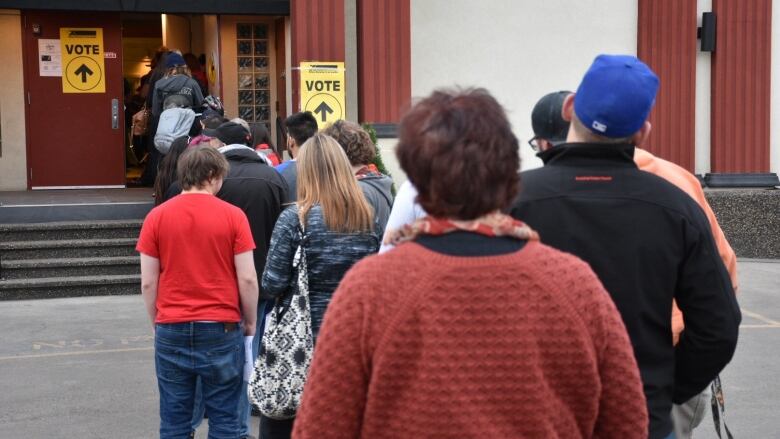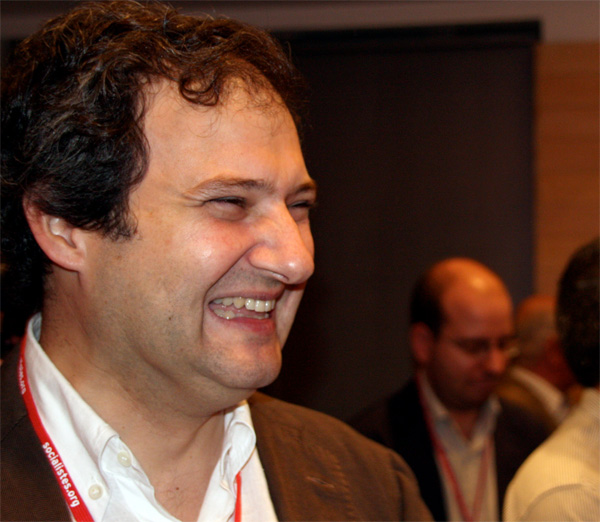Hollywood At A Standstill: The Writers' And Actors' Strike Explained

Table of Contents
The Key Demands of the Writers Guild of America (WGA)
The WGA's strike is fueled by several key concerns, all stemming from the seismic shift in the entertainment industry landscape.
Fair Wages and Residuals in the Streaming Era
The transition from traditional television models to streaming platforms has dramatically altered the compensation structure for writers. Where network television offered substantial residuals based on syndication and reruns, streaming services generally offer significantly reduced or nonexistent residuals. This means writers are often paid a one-time fee for their work, regardless of the show's success and longevity. This has led to a significant decline in writer income.
- Specific WGA Demands:
- Increased minimum salaries for writers.
- Fairer profit-sharing models that reflect the immense profitability of streaming platforms.
- Transparent accounting practices to ensure writers receive the compensation they are rightfully due.
For example, a wildly popular streaming show generating billions in revenue might pay its writers far less than a moderately successful network show from a previous era. This disparity highlights the core issue: streaming platforms are immensely profitable, yet writers' compensation hasn't kept pace.
The Threat of AI in Screenwriting
The WGA is also deeply concerned about the increasing use of artificial intelligence in scriptwriting. The union fears that AI could be used to replace human writers, undermining their livelihoods and potentially diminishing the quality and originality of storytelling.
- WGA Concerns:
- The potential for AI-generated scripts to replace human writers, leading to job losses.
- The ethical concerns surrounding the use of AI to replicate existing creative works without proper compensation or attribution.
- The lack of creative control and ownership over scripts generated with AI assistance.
The WGA is actively proposing safeguards to regulate AI usage in script creation, aiming to protect writers' jobs and ensure that AI is used as a tool to assist, not replace, human creativity.
Minimum Staffing Levels and Working Conditions
The WGA is also fighting for adequate minimum staffing levels on productions. Years of cost-cutting measures have resulted in overworked and underpaid writers, often tasked with excessive workloads that compromise the creative process and their well-being.
- Impact of Insufficient Staffing:
- Reduced quality of scripts.
- Increased stress and burnout among writers.
- Exploitation of writers' labor.
The Concerns of the Screen Actors Guild – American Federation of Television and Radio Artists (SAG-AFTRA)
SAG-AFTRA's strike shares some common ground with the WGA's, primarily focusing on fair compensation and the challenges presented by the streaming era and the rise of AI.
Fair Compensation and Residuals for Actors
Similar to writers, actors have seen their earnings significantly impacted by the shift to streaming. Streaming services often pay significantly less than traditional television contracts, with residuals rarely comparable to those earned from network television broadcasts or home video sales.
- SAG-AFTRA's Fight for:
- Increased residuals for streaming platforms.
- Fair minimum pay rates.
- Comprehensive benefits packages for actors.
The prevalence of self-tape auditions, often requiring substantial time and effort from actors without compensation, further highlights the need for improved conditions within the industry.
The Use of AI and Digital Images
SAG-AFTRA is also deeply concerned about the potential for AI to create digital likenesses of actors without their consent or compensation. This raises critical issues regarding the actors’ right to control their own image and the potential erosion of their job security.
- Key Concerns:
- Unauthorized use of actors' digital images and likenesses for AI-generated content.
- The lack of compensation or creative control for actors in AI-generated productions.
- The potential displacement of human actors by AI-generated performances.
The union aims to secure protections to prevent the exploitation of actors' images and ensure they receive fair compensation for their work, even in the context of emerging AI technologies.
Protecting Actors’ Rights in the Digital Age
SAG-AFTRA’s demands also focus on securing fair compensation and creative control for actors whose performances are utilized across various digital platforms. The union seeks to ensure that actors are not exploited due to the broad reach and often ambiguous terms of use associated with the digital sphere.
The Impact of the Strike on Hollywood and Beyond
The Hollywood writers' and actors' strike is having a profound and far-reaching impact.
Production Delays and Economic Fallout
The strike has already resulted in significant production delays across numerous film and television projects. This has led to considerable economic fallout, impacting not only the studios and production companies but also numerous related businesses, including catering, transportation, and hospitality.
- Economic Impacts:
- Hundreds of millions of dollars in lost revenue.
- Thousands of jobs affected across various sectors.
- Negative impacts on local economies in areas reliant on film and television production.
The Future of Film and Television
The long-term consequences of the strike remain to be seen. However, it's clear that it’s forcing a crucial conversation about the future of the entertainment industry. It could potentially lead to fairer compensation structures, improved working conditions, and more equitable relationships between creative professionals and the platforms that distribute their work. The strike may even spur creative innovation as the industry adapts to these significant disruptions.
Conclusion
The Hollywood writers' and actors' strike is a landmark event, spotlighting critical issues surrounding fair compensation, working conditions, and the impact of technological advancements on the entertainment industry. The demands of the WGA and SAG-AFTRA underscore the need for a more equitable and sustainable model for creative professionals in the digital age. The fight for fair wages and improved conditions is not just about individual livelihoods; it's about safeguarding the future of the art and creativity that define Hollywood. Stay informed about the developments in the Hollywood writers' and actors' strike. Understanding the issues at stake is crucial for supporting the fight for fair wages and a better future for the creative professionals who bring us the entertainment we love. Learn more about the WGA and SAG-AFTRA and how you can support their efforts to resolve the Hollywood strike and create a more just and equitable entertainment industry.

Featured Posts
-
 High Potential Assessing Its Impact On Psych Spiritual Development After A Decade
May 09, 2025
High Potential Assessing Its Impact On Psych Spiritual Development After A Decade
May 09, 2025 -
 How Federal Riding Redistribution Will Impact Edmonton Voters
May 09, 2025
How Federal Riding Redistribution Will Impact Edmonton Voters
May 09, 2025 -
 Western Manitoba Under Snowfall Warning Heavy Snow Expected
May 09, 2025
Western Manitoba Under Snowfall Warning Heavy Snow Expected
May 09, 2025 -
 Vremennoe Zakrytie Aeroporta Permi Podrobnosti O Snegopade
May 09, 2025
Vremennoe Zakrytie Aeroporta Permi Podrobnosti O Snegopade
May 09, 2025 -
 Ftc Investigates Open Ais Chat Gpt What This Means For Ai Development
May 09, 2025
Ftc Investigates Open Ais Chat Gpt What This Means For Ai Development
May 09, 2025
Latest Posts
-
 Dakota Johnson Kraujingos Plintos Nuotraukos Istorija
May 09, 2025
Dakota Johnson Kraujingos Plintos Nuotraukos Istorija
May 09, 2025 -
 Dakota Johnson El Bolso Hereu Un Icono De Estilo Catalan
May 09, 2025
Dakota Johnson El Bolso Hereu Un Icono De Estilo Catalan
May 09, 2025 -
 Zolotaya Malina 2024 Dakota Dzhonson I Nominatsii Na Khudshie Filmy
May 09, 2025
Zolotaya Malina 2024 Dakota Dzhonson I Nominatsii Na Khudshie Filmy
May 09, 2025 -
 Dakota Johnson Y El Bolso Hereu La Elegancia Discreta De Una It Girl
May 09, 2025
Dakota Johnson Y El Bolso Hereu La Elegancia Discreta De Una It Girl
May 09, 2025 -
 Dakota Dzhonson I Zolotaya Malina Samiy Provalniy Film Goda
May 09, 2025
Dakota Dzhonson I Zolotaya Malina Samiy Provalniy Film Goda
May 09, 2025
